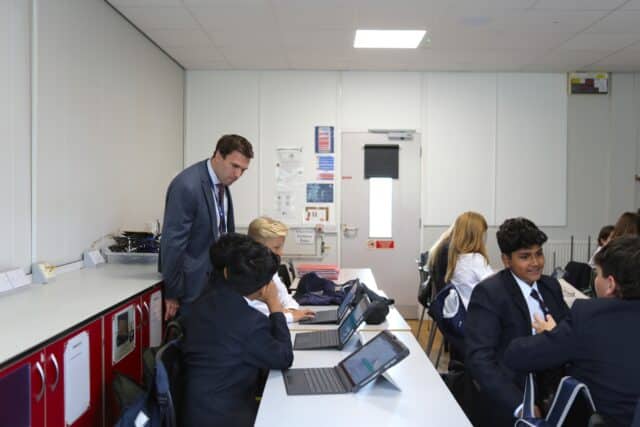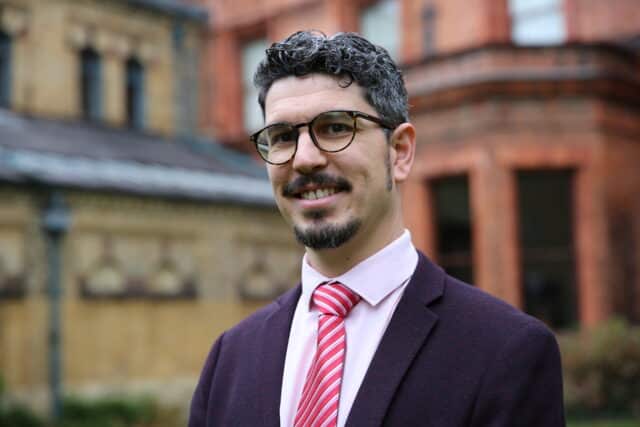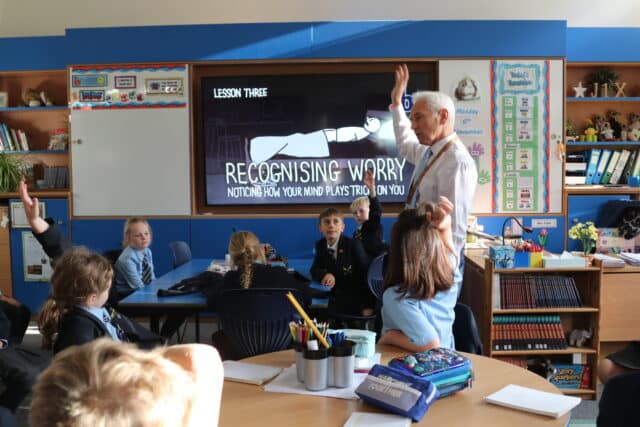Blog
‘Self-help, help-self’ and the 3 key ingredients of mental health masala …
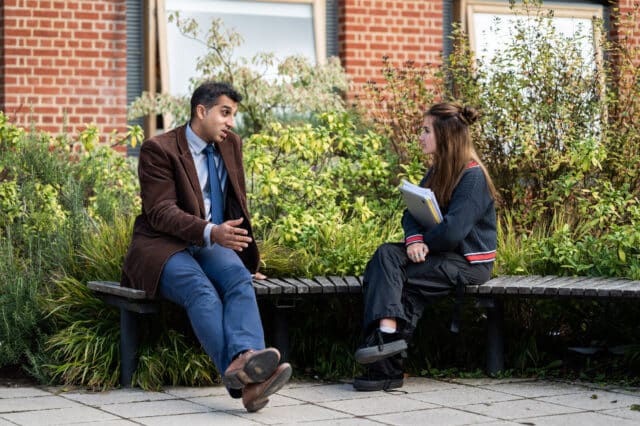
Dr Preetpal Bachra
Deputy Head (Pupil Development) and Teacher of Business and Economics, Bryanston School
Read the blog
When I was younger and guests came to visit, my family would put out an Indian buffet with the chicken curry as the main dish. My father would invite guests to eat with the phrase ‘Self-help, help-self.’ He thought this was hilarious. I struggled to see the comedy in the statement but, a few years in teaching, has made me think that supporting children is not just about what we provide for them, but about what we do to encourage them to utilise those resources.
Being a product of a Punjabi Sikh family and now married to, Sarah, a counsellor, I have experienced the full spectrum of ‘attempts of support,’ from ‘you must do…’ (growing up) to ‘what do you need?’ (from Sarah, though this is diminishing as I realise that ‘for you not to ask that question’ is not a good response).
Schools have a more rounded understanding of the needs of children now as compared to my own 1980s/90s upbringing in Bradford. Progress in safeguarding awareness and platforms to record pupil progress/experience are wonderful adoptions. Recognising children’s experiences – how they see and feel about themselves and others; their ability to create, sustain and end relationships, and manage transition are now overtly discussed and the advent of Children’s Mental Health Week is an important message to schools and children that our minds matter.
So, what are the key ingredients from the vast array of ideas available that really improve the mental health of students?
At Bryanston, we have recently opened ‘The Sanctuary’ and it is a beautiful, multi-purpose room for reflection and peace. Like many schools, we also provide many opportunities to engage in every aspect of the ‘5 ways to well-being’ articulated by the NEF and NHS. However, the physical resources or the opportunities to connect and develop are only useful if students want to make use of them. To continue with the Indian food analogy, the key to a good curry is the ‘base’ or sauce. It doesn’t matter whether you add chicken or cauliflower to that ‘base,’ it will still taste delicious. The ‘chicken’ is a bit like the physical resources we offer in schools. It doesn’t matter what we provide, if the culture promotes positive mental health, the strategy will be impactful. The ‘base’ is what really matters.
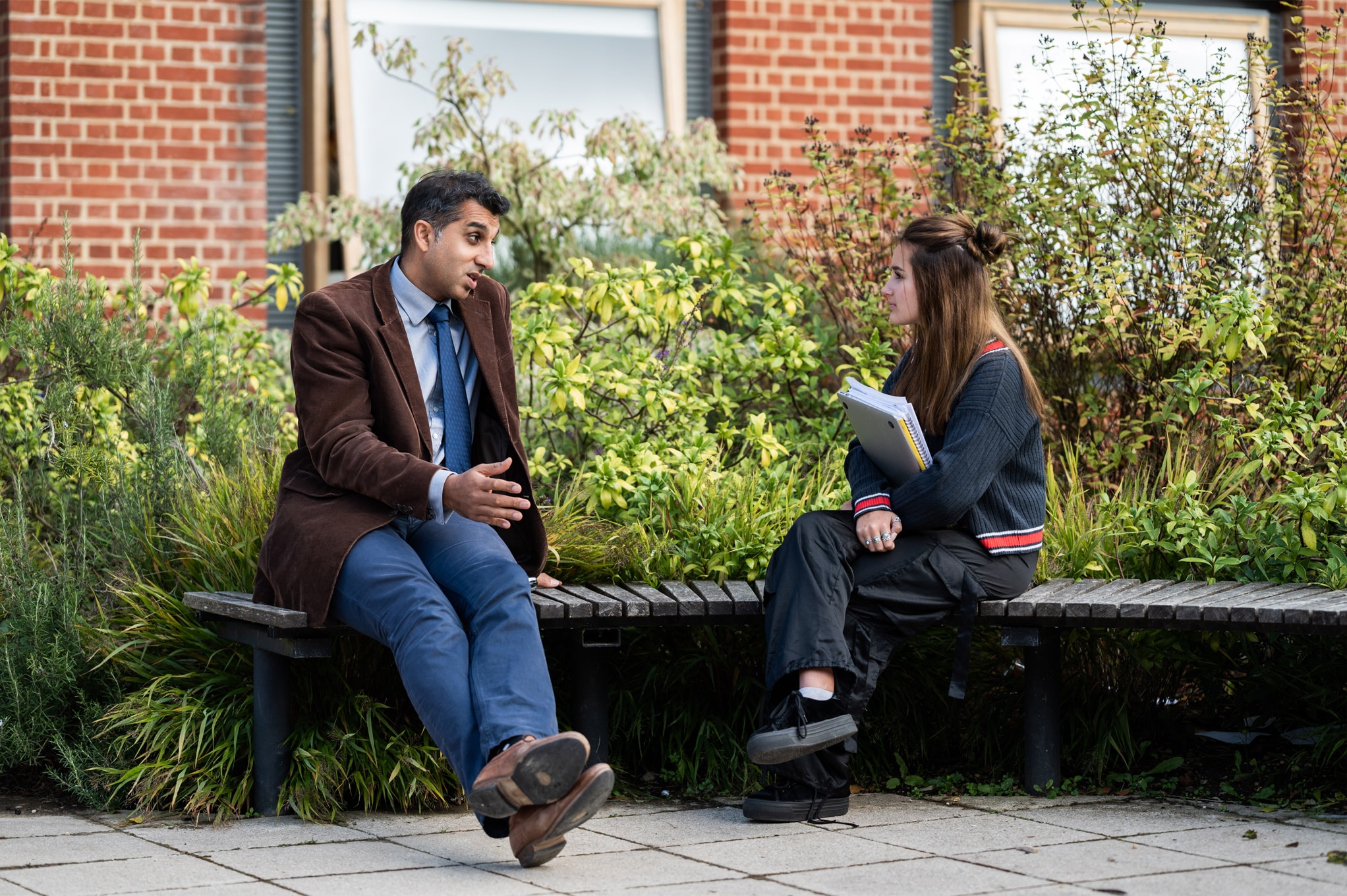
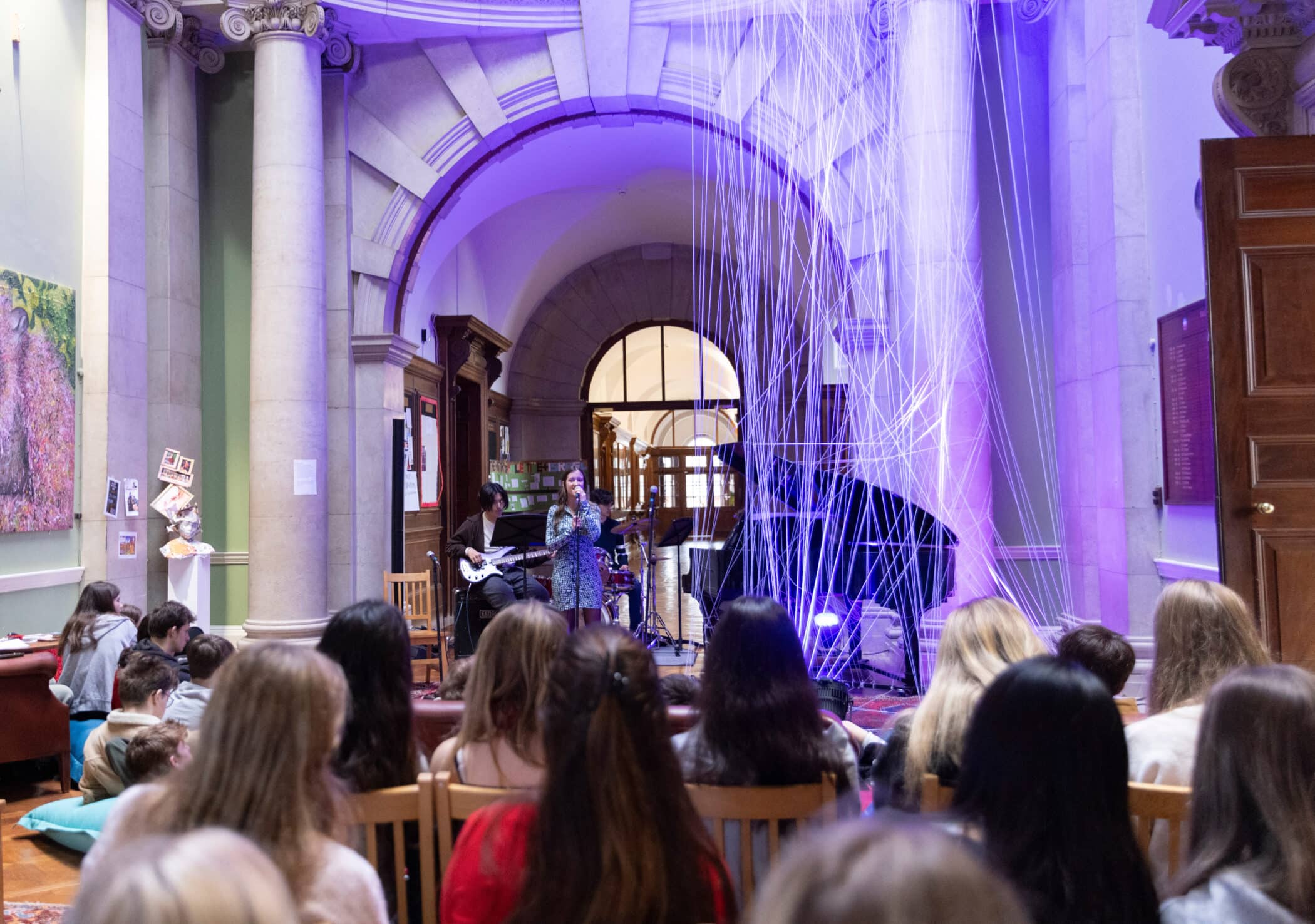



So, the focus really is about building culture and engagement and asking, ‘what can students do to support themselves and contribute to the culture?’
The first ‘ingredient’ is ‘knowledge’. If we give students an understanding that mental health is fluid and we can do something to improve it, then there is hope – and hope is the basis for optimism. We explain that being ok could be considered as neither good nor bad. On a mental health scale of -10 to +10, then ok would equate to 0 but points are not fixed. Feeling ‘bad’ e.g. a -4 can move to -3 if students can help themselves with what works for them. They can also find those things that give them the +1 and above too. In developing a programme, I have found there is a thirst, from students, for learning ‘counselling concepts.’ They are much more receptive to learning about the ‘drama triangle’ and ‘cognitive distortions’ than to a suggestion that counselling might help them. So, first we need to build programmes that give students knowledge of mental health.
The second ingredient is empowerment as this gives a sense of ‘value’ or ‘self-worth.’ This can come through recognition or having a ‘voice’ (the theme of this year’s Children’s Mental Health Week). Crucially, though, it is having an individual voice. Bryanston’s structure is that every student has an individual tutor, and they meet 1 to 1 every week and having an adult listen means each student’s voice is heard. ‘Voice’ is also doing something for themselves, and we began this week with an A3 Festival weekend where Year 12 put on a range of plays, musical events, installations, and events that entertained the whole school. Students moved out of their comfort zones and the result, is an increase in self-worth and realisation that they can do things for themselves (with a little guidance!). The quality of outcomes was secondary to participation though so much of what was seen was unbelievably good.
The final ingredient is ‘coaching’ because empowerment does not happen in isolation. The greatest teachers have always been coaches – giving the platform for students to discover themselves. My sixth form tutor when I was at Bradford Grammar School was Pete Kewley. My own perspectives and confidence developed because of my time with him. I won’t be the only one of that BGS era who would state he was simply a wonderful human being… and coach. Amidst, the clamour to provide resources and respond to parental demands, let us not forget the ability of the teacher to empower and coach.
So, work on the sauce. If it tastes good enough, those students that can, will ‘self-help, help-self.’



Written by Dr Preetpal Bachra, Deputy Head (Pupil Development) and Teacher of Business and Economics , Bryanston School
